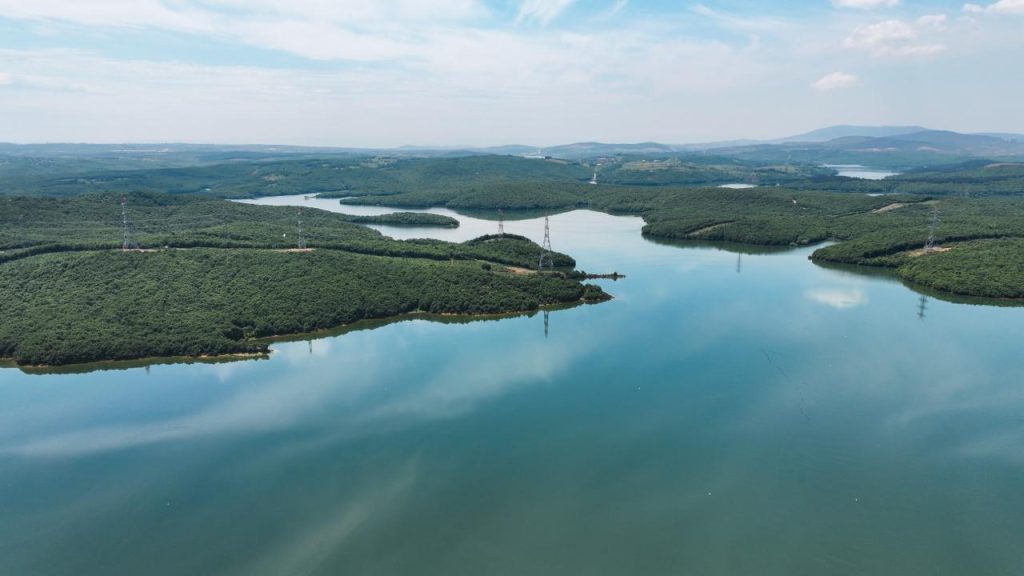According to the Istanbul Water and Sewerage Administration (ISKI), the amount of water in the city’s dams and reservoirs, with a maximum storage capacity of 868 million 683 thousand cubic meters, was recorded at 720 million 36 thousand cubic meters.
The water levels in various reservoirs were measured as follows: 93.05% in Ömerli, 81.61% in Darlık, 87.21% in Elmalı, 91.68% in Terkos, 59.44% in Alibey, 77.53% in Büyükçekmece, 62.53% in Sazlıdere, 55.92% in Istrancalar, 82.62% in Kazandere, and 80.96% in Papuçdere.
This year, a total of 235.25 million cubic meters of water was obtained from the Melen and Yeşilçay rivers. The amount of water provided to the city from drinking water treatment plants this year was calculated as 393 million 29 thousand cubic meters, with yesterday’s water supply to Istanbul recorded as 3 million 3 thousand cubic meters.
Looking at the reservoir levels over the past 10 years, the data from ISKI shows that the filling rates on May 12 were as follows: 30.26% in 2014, 94.72% in 2015, 82.29% in 2016, 85.54% in 2017, 88.22% in 2018, 89.73% in 2019, 69.15% in 2020, 77.73% in 2021, 85.73% in 2022, 49.42% in 2023, and the current rate is 82.93%.
In conclusion, the water levels in Istanbul’s dams and reservoirs are currently at a stable rate, providing a sufficient amount of water for the city. Despite fluctuations in the past 10 years, efforts by ISKI to manage and distribute water resources have helped maintain a consistent supply. However, it is important for residents to continue to use water responsibly and efficiently to ensure sustainability in the long term.


